Many of us want immortality but death is inevitable there are some exceptions, animals that live forever!
Humans have always tried to find ways to live long, healthy, and youthful lives. However, they haven’t found a perfect alternative yet. Aging is inevitable; the average human life expectancy is now about 75 to 80.
But did you know that many animals are almost immortal or can live very long lives? Their possible deaths may be due to disease or attack by a predator, but they can never die of old age. So, let’s meet nature’s immortals.
Jellyfish Turritopsis dohrnii
One animal that lives forever is the Turritopsis Dohrnii jellyfish, which is biologically known as the immortal jellyfish. It is commonly found in tropical waters around the world, including the Mediterranean Sea, Pacific Sea, and Atlantic Sea.
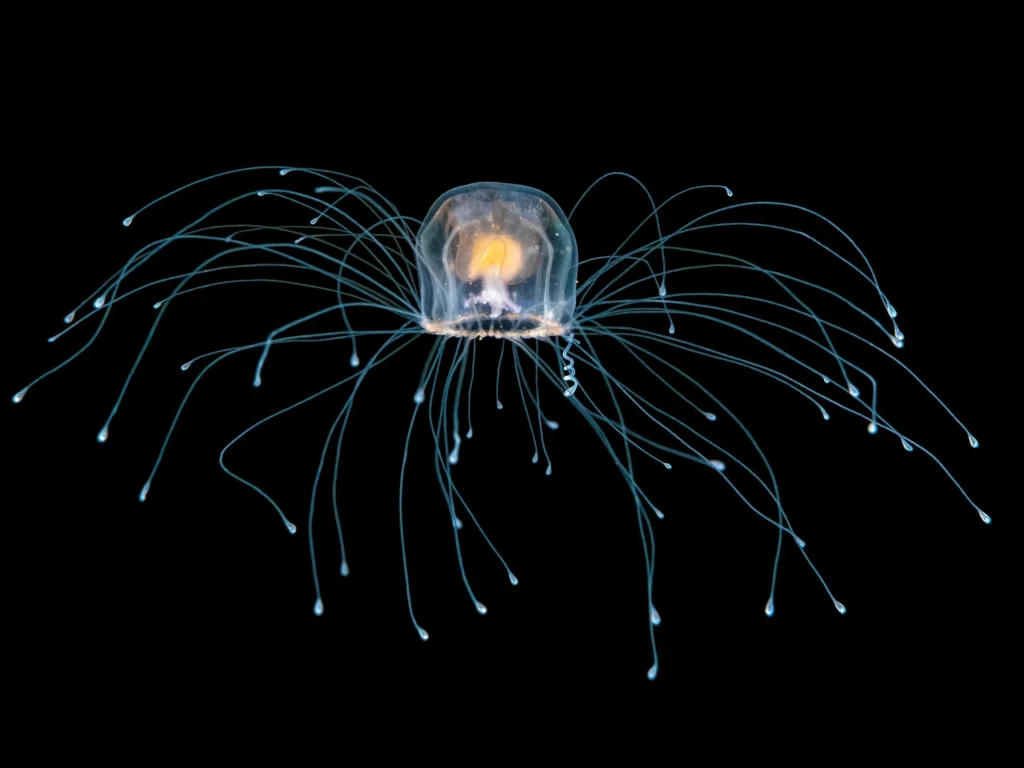
Facts
- This jellyfish’s body is 95 percent water and it has neither a heart nor a brain.
- This jellyfish is biologically immortal but its death cannot be stopped if it becomes prey to someone.
- Due to the reprogrammable cellular mechanisms of this jellyfish, it is also used in biological experiments.
Glass Sponges
This animal is called the glass sponge because of its glass-like skeletal structure. This animal is found around the world, usually in the deep sea. Glass sponges are one of the animals with longest lifespan. It can live for a maximum of 10,000 to 15,000 years.
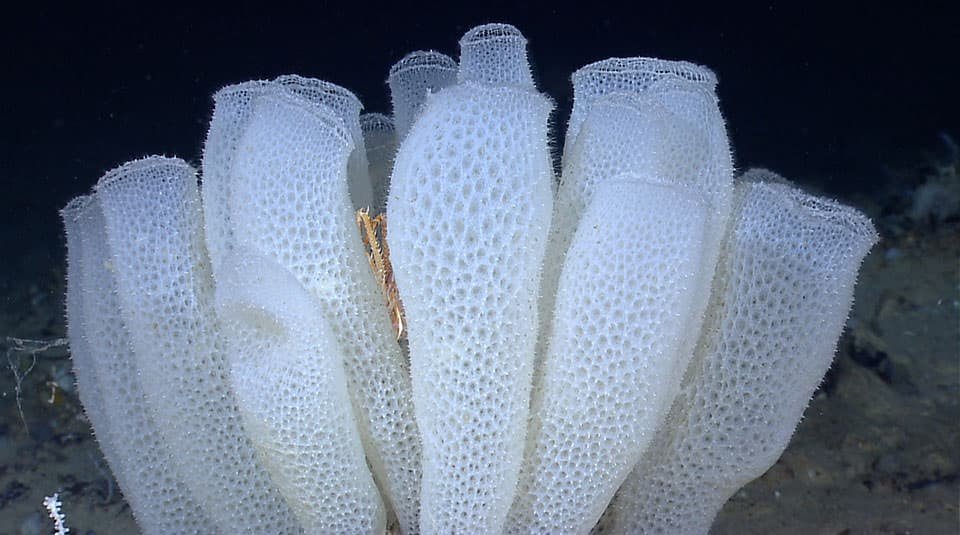
Facts
- This animal does not have eyes, mouth, and stomach and it breathes by absorbing oxygen from water through its body.
- This animal is often confused with a plant but is a living and breathing animal.
- The skeletons of glass sponges come together to release various chemicals that help them avoid predators.
- Glass sponges can change their physical structure and their cells can move from place to place and change their type.
Geoduck Clam
The geoduck clam is the largest burrowing clam species in the world. It is found mostly in salt water and mostly in the North Pacific Ocean.
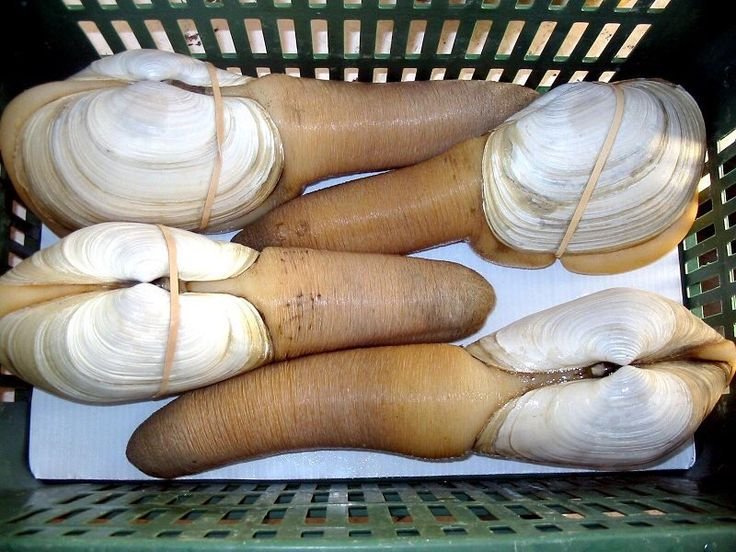
Facts
- The geoduck clam species is one of the animals that live forever. It can live up to 140 years but the oldest recorded age is 179 years.
- This clam species can burrow up to 3 feet below sea level.
- Female geoduck clams can produce billions of eggs throughout their lifetime.
- Another interesting fact about the geoduck clam is that this species helps improve water quality.
Greenland Shark
The Greenland shark, also known as the Gurry shark or gray shark, is found mostly in the North Atlantic and the Arctic Ocean. This shark loves cold water, the more the merrier.
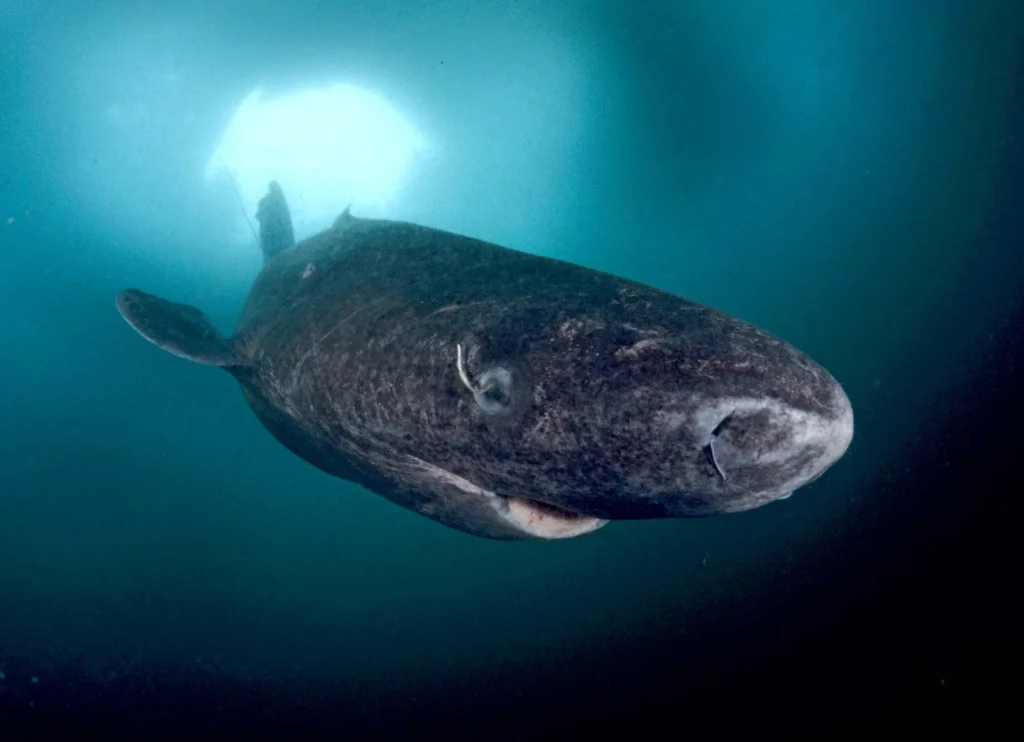
Facts
- The Greenland shark is the longest-lived vertebrate on Earth, living up to 250 years, and is usually found in the deep sea.
- This shark is quite large, can grow up to 21 feet, and weigh up to 1000 kilograms.
- Greenland sharks have poor eyesight, they are most likely born blind. Another interesting fact is that the meat of this shark is poisonous.
- The Greenland shark grows and matures slowly and is therefore known as the sleeper shark.
Bowhead Whales
Bowhead whales are also known as Arctic whales and polar whales and are commonly found in Arctic and sub-Arctic regions, including the Bering Strait, Hudson, Davis Strait, and other areas. Bowhead whales are one of those animals with longest lifespan.
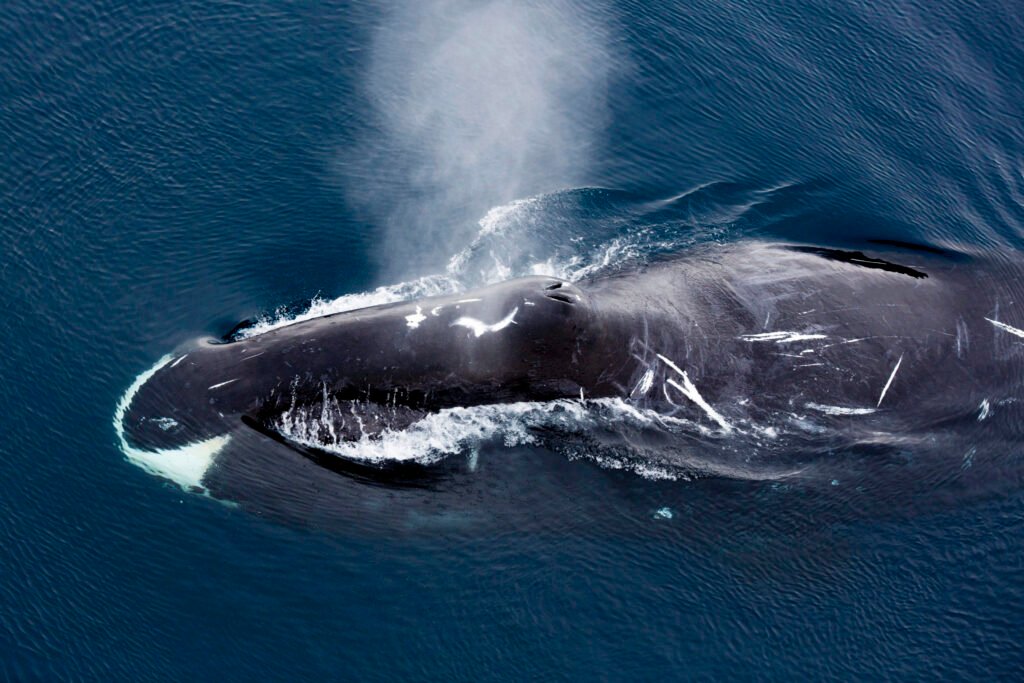
Facts
- This whale can grow up to 18 feet, weigh up to 200,000 pounds, and live up to 200 years.
- The Bowhead whale is named because of the shape of its head and this whale uses its head to break ice.
- Another interesting fact is that this whale can eat up to 2 tons of food in a day.
RoughEye Rockfish
Blackthroat, Blacktip, and Rougheye Seaperch are some other names for the Rougheye Rockfish. This rockfish is commonly found in the northeastern Pacific Ocean and can live up to 200 years.
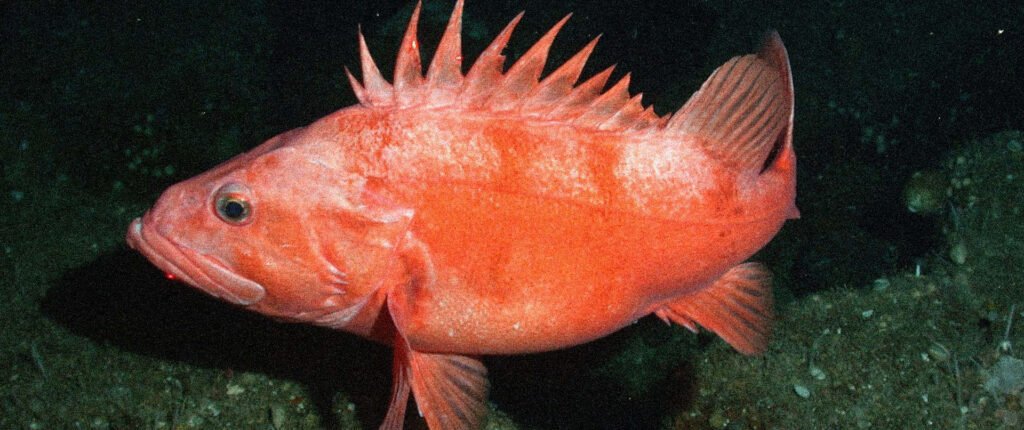
Facts
- There are about 100 species of rockfish, and they usually live in groups called schools.
- The Rougheye rockfish commonly prey on shrimp, crabs, and other small marine animals.
- This fish is an expert in pretending. It can pretend to be motionless for a long time. This fish can grow up to 3 feet and weigh up to 7 kilograms.
Red Sea Urchin
The red sea urchin can live up to 200 years and this animal is commonly found in the Pacific Ocean, from California, Mexico, and Siberia to Japan.
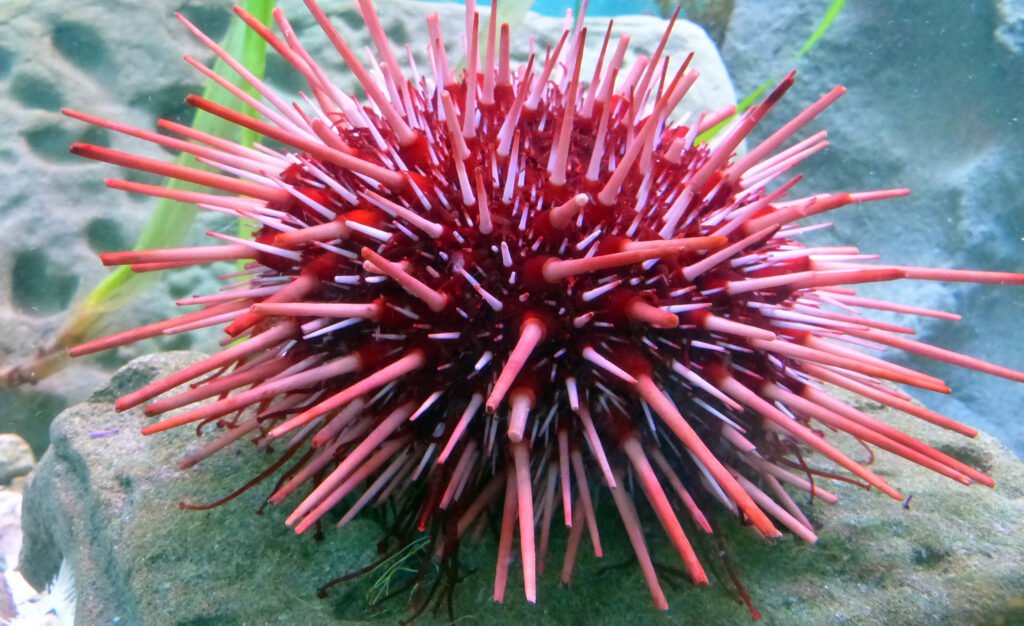
Facts
- Sea urchins are found in shallow rocky and sandy areas of the ocean, mostly at a depth of 300 feet.
- The red sea urchin is the largest species of sea urchin, with a maximum test (outer shell) diameter size of approximately 18 cm.
- The feet of red sea urchins are located on the underside of their bodies between their spines.
Tortoise
The tortoise is one of the longest-living animals that live forever. They can live over 100 years and the longest-lived tortoise ever recorded lived to be 190 years old.
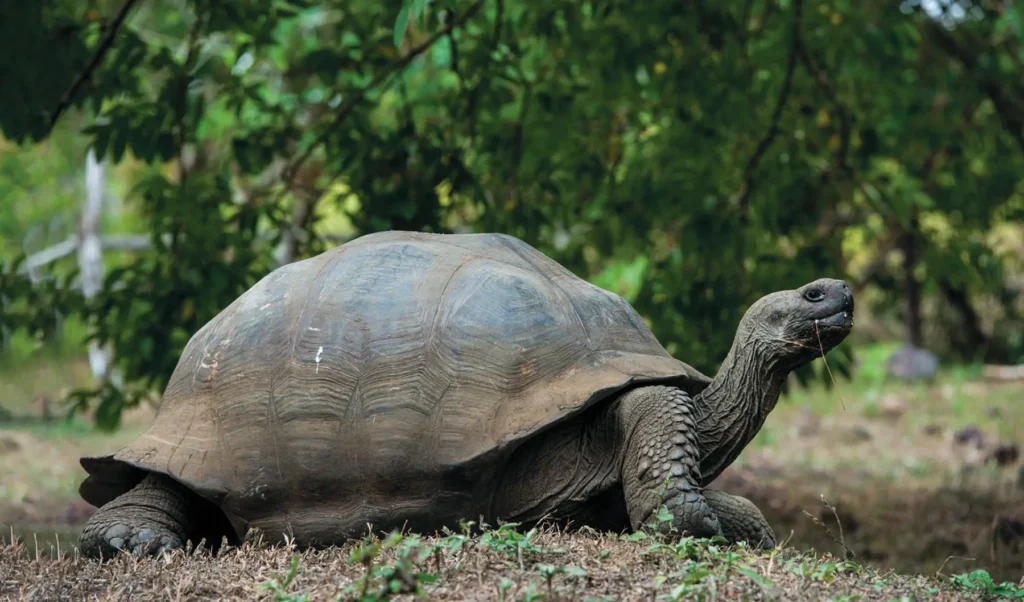
Facts
- A tortoise is a land animal that lives in a variety of habitats such as deserts, mountain slopes, and other land habitats.
- Tortoise takes years to reach sexual maturity.
- Tortoises are found in all continents except Australia and Antarctica.
- Another interesting fact about the tortoise is that its shell color and gender are mostly affected by the weather.
Ocean Quahogs
Ocean quahogs are native to the North Atlantic Ocean and can live for over 100 years. The maximum age of ocean quahogs ever recorded is 500 years. This animal is a species of edible clam that is mostly harvested as a food source.
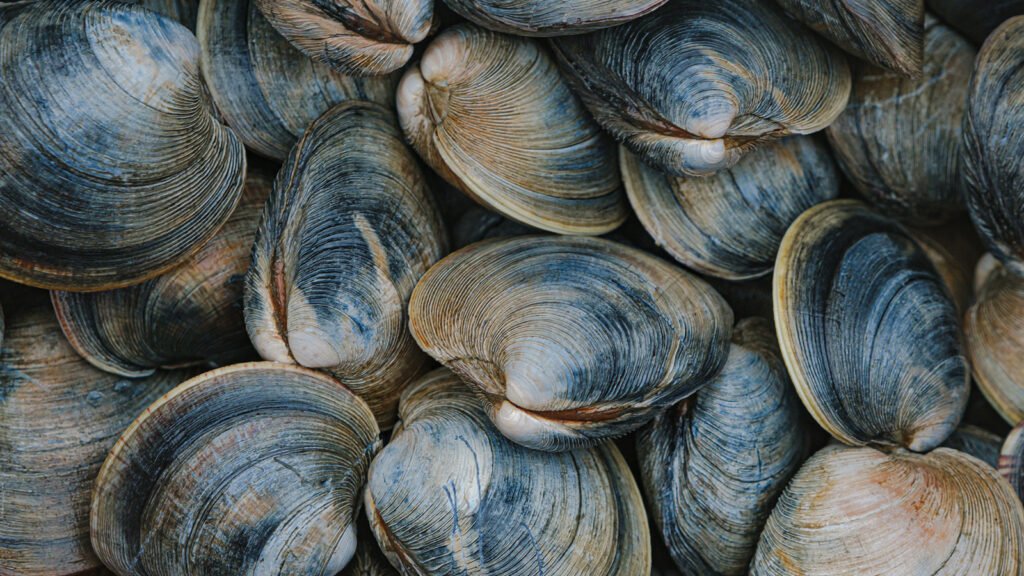
Facts
- The ocean quahog is one of the oldest living animals in the world. It has a muscular foot that is used for walking and burying itself in the sand.
- The sea quahog is also known as a hard-shell clam and it helps clean the water, that is why this animal is a filter feeder.
Lungfish
Lungfish are one of the oldest fish, and some of them can live up to 100 years. This fish is mostly found in Africa, Australia, and South America.
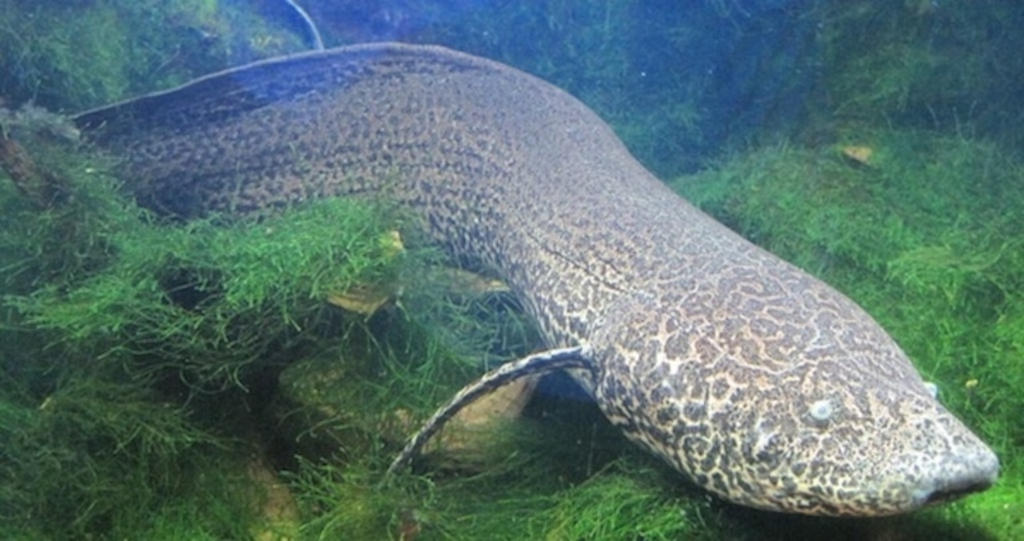
Facts
- Unlike most fish, lungfish need to breathe air. This fish can survive both on land and in water.
- Lungfish are the first fish to have lungs, which are an important part of the respiratory system.
